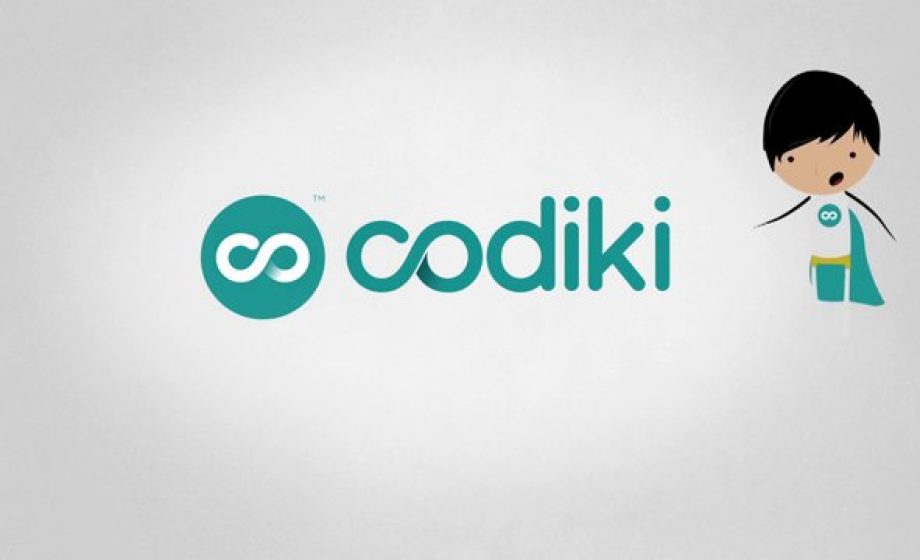
Two of the biggest challenges in marketing have long been tracking and measurability. While the advent of online marketing has gone a long way in helping to address these challenges, offline marketing such as direct mailings or handouts of paper flyers, remain largely immeasurable for many marketers. A rising player in the performance marketing space named Codiki is looking to change all that. We’re excited to be partnering with Codiki at the Connected Conference, who will be our exclusive ‘connected badge’ partner. Make sure you stop by to see Codiki at their stand at the Connected Conference.
I recently caught up with web marketing expert and veteran Guillaume Cabane, who is Codiki’s Full Stack Marketer and leading their effort to disrupt the world of offline marketing.
Tell me about Codiki. How did it start and how has it evolved?
Codiki started a couple of years ago. The company that started Codiki is called Linkeet, a company that makes promotional USB keys for companies. Along the way they came across one of their suppliers that showed them a product which is called a webkey, which essentially just pops open a webpage. So they put it in the range of products to start testing it. What they then found was that the webkey was interesting for clients as there was essentially no lead time to add content and it was cheaper than USBs. So they continued to test it in both the B-to-C market, which didn’t work at all, and in B-to-B use cases such as using the key to enable big companies like Renault, Peugeot, AXA, etc. to direct people to their online content (i.e. videos). Unfortunately, that didn’t work well either.
So, they came and told me about this great product that they hadn’t yet determined what to do with. Having spent five years at Apple in charge of B2B web marketing for Europe, I know that web marketing is all about tracking. You track and measure everything. The more one measures the more one can learn. And as Google so aptly points out, ‘The principal strength of online marketing is its measurability.” So, taking all to this into account, my immediate idea for Codiki was that it would be perfect for tracking offline campaigns. Marketing budgets at the moment are focused increasingly online, specifically on conversion. Once the campaign is offline, unless you’re a big company that can run huge campaigns, most marketers have no idea who or how many people are exposed to their message. People are afraid of offline because they don’t know how to measure its performance.
So with Codiki, I saw the opportunity to bring all the great tools and strategies we have online, to offline campaigns. If we can essentially become the Mailchimp of offline campaigns and track results just like Mailchimp which flows back to your analytics, then it’s simply a new marketing channel as social acquisition, adwords, SEO were in the past. It ultimately becomes a performance and ROI question.
 So how has it worked thus far?
So how has it worked thus far?
We’ve done some tests and partnerships to determine what the open rates, usage rates, costs and ROI are. The good news is that across various targets and sectors we are between 20 – 70% CTR, which for Codiki basically means the percentage of people who insert the key and access the webpage (akin to opening a link on an email). That’s 10X the CTR of an email!
What is an example of a use case for Codiki?
There are a few that we’re focusing on. The first are web marketers that have a large existing customers database, often with 50% open rates. We work with them using Codiki to target the 50% non-openers, which enables them to bring these customers back to their websites and offer them specific, targeted promotions. For this type of use case, it works well when the average revenue per customer is above 100 euros or the cost of acquisition is above 10 euros. A practical example is one of my clients from the insurance sector where the usual cost of acquisition is very high, generally anywhere between 5 – 7 euros per click and his conversion rate around 10%. This basically means that the cost for my client is around 60 euros per lead. My cost with Codiki is around 2 euros per contact and about 20% conversion, so just 10 euros per lead. That makes me 50 euros per lead cheaper than adwords. That’s a major result for him in terms of performance and ROI.
Two other use cases that are really interesting for us are leaflets handed out at events, which happens quite regularly at events such as Lengow’s Ecommerce Day and, obviously, incorporating Codiki in badges to view content as we’re doing with the Connected Conference.
How does it work?
Each key is coded for the specific end-user, just like an email. So when you plug the key into the computer we know who you are and what you’re doing. We then link that back to the analytics on the page so we can follow what the user is doing on the page. So, again, we not only know who they are, but also what they’re viewing.
How do you intend to evolve Codiki?
I believe that biggest long-term value we can bring is by integrating Codiki with existing marketing tools. Which means ultimately we want to build a platform and drive the marketing mix to a point where the Offline channel has become as easy to use and track as Online. We can track anything, but what marketers want is the performance and leads. We can deliver that added-value.

